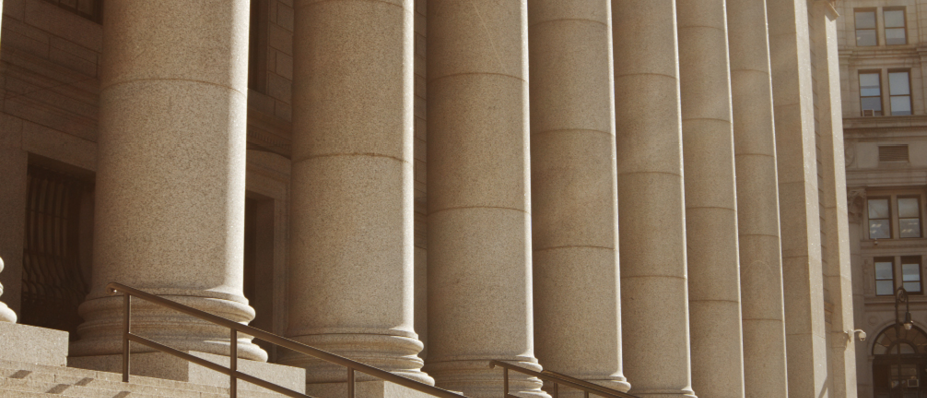
How investors can assess the rise of industrial policy
The need is undeniable: Some of today’s most urgent challenges – notably, climate change, social strains and geopolitical tensions – likely require public sector as well as private sector commitment and capital.
That’s a key reason that industrial policy, and state intervention more broadly, are on the rise across the global economy. It’s the start of a new era, and a notable contrast to the laissez-faire of 1980-2008, especially in the U.S.
A framework for assessing the effectiveness of state intervention
We have crafted a framework for evaluating the effectiveness of state intervention, asking three key questions:
- Is the policy well-designed to address the defined problem?
- Can the policy lead to a sustainable end state?
- Are the necessary tools and/or political will in place to make the transition to that end state?
Industrial policies target a wide range of economic and noneconomic goals, with both short-term and long-term effects. We believe growing state intervention will present upside risks to inflation, upside risks to economic output in the short term, increased economic uncertainty and a higher cost of capital.
Investment implications
As we consider the investment implications of state intervention, we first note more uncertainty about the outlook for corporate margins from higher labor costs and potentially higher corporate taxes. This is counterbalanced somewhat by higher prices, increased consumer spending, and artificial intelligence (AI)-powered productivity gains.
The biggest beneficiaries of increased state intervention may lie in “real economy” sectors. Industrials are clear winners; utilities, energy, and parts of technology also stand to gain. Based on the real economy sectoral winners, regional markets tilted more heavily toward these type of companies may benefit the most. But investing based on sector exposure alone only goes so far; it will be key to consider the potential of thematic investing.
New policy initiatives will require private capital as well as government funding. Among alternative assets, real assets look set to be the primary beneficiaries, especially infrastructure, real estate, transportation and timber investments. Private debt and private equity funds will likely provide critical capital for both the physical assets and the new businesses that will be part of the broader story of rising state intervention.